
A human rights watchdog says in a report that China is leading global efforts to suppress dissent with new technologies, often using the pandemic as justification for increased surveillance
Governments around the world are using the pandemic as a justification to expand surveillance and crack down on dissent online, resulting in a 10th consecutive annual decline in internet freedom, a human rights watchdog report said Wednesday.
The report by Washington-based Freedom House said authorities in dozens of countries have cited the Covid-19 outbreak "to justify expanded surveillance powers and the deployment of new technologies that were once seen as too intrusive."
This is leading to increasing censorship of dissent and the expansion of technological systems for social control, according to the report.
"The pandemic is accelerating society's reliance on digital technologies at a time when the internet is becoming less and less free," said Michael Abramowitz, president of the nonprofit group.
"Without adequate safeguards for privacy and the rule of law, these technologies can be easily repurposed for political repression."
Freedom House's index of internet based on a score assigned on a 100-point scale to 65 countries shows a drop in internet freedom for a 10th straight year.
The scale is based on 21 indicators pertaining to obstacles to access, limits on content and violations of user rights.
China was the worst-ranked country for the sixth consecutive year, according to the report.
It said Chinese authorities "combined low- and high-tech tools not only to manage the outbreak of the coronavirus, but also to deter internet users from sharing information from independent sources and challenging the official narrative."
The report said these trends are showing a growing trend toward Chinese-style "digital authoritarianism" globally and a "splintering" of the internet as each government imposes its own regulations.
Freedom House said that of the estimated 3.8 billion people using the internet, just 20 percent live in countries with a free internet, 32 percent in countries "partly free," while 35 percent were in places where online activities are not free. The remainder live in countries that weren't among the 65 assessed.
The report cited notable declines in countries where authorities have imposed internet shutdowns including Myanmar, Kyrgyzstan and India, and in Rwanda for its use of "sophisticated spyware to monitor and intimidate exiled dissidents."
The United States remained among those counties ranked free but saw its score decline in light of increased surveillance used by law enforcement against protest movements, executive orders on social media regulations, disinformation propagated by President Donald Trump and moves to ban Chinese-owned apps TikTok and WeChat.
The app bans were described as "an arbitrary and disproportionate response to the genuine risks" from those services.
Explore further
Governments around the world are using the pandemic as a justification to expand surveillance and crack down on dissent online, resulting in a 10th consecutive annual decline in internet freedom, a human rights watchdog report said Wednesday.
The report by Washington-based Freedom House said authorities in dozens of countries have cited the Covid-19 outbreak "to justify expanded surveillance powers and the deployment of new technologies that were once seen as too intrusive."
This is leading to increasing censorship of dissent and the expansion of technological systems for social control, according to the report.
"The pandemic is accelerating society's reliance on digital technologies at a time when the internet is becoming less and less free," said Michael Abramowitz, president of the nonprofit group.
"Without adequate safeguards for privacy and the rule of law, these technologies can be easily repurposed for political repression."
Freedom House's index of internet based on a score assigned on a 100-point scale to 65 countries shows a drop in internet freedom for a 10th straight year.
The scale is based on 21 indicators pertaining to obstacles to access, limits on content and violations of user rights.
China was the worst-ranked country for the sixth consecutive year, according to the report.
It said Chinese authorities "combined low- and high-tech tools not only to manage the outbreak of the coronavirus, but also to deter internet users from sharing information from independent sources and challenging the official narrative."
The report said these trends are showing a growing trend toward Chinese-style "digital authoritarianism" globally and a "splintering" of the internet as each government imposes its own regulations.
Freedom House said that of the estimated 3.8 billion people using the internet, just 20 percent live in countries with a free internet, 32 percent in countries "partly free," while 35 percent were in places where online activities are not free. The remainder live in countries that weren't among the 65 assessed.
The report cited notable declines in countries where authorities have imposed internet shutdowns including Myanmar, Kyrgyzstan and India, and in Rwanda for its use of "sophisticated spyware to monitor and intimidate exiled dissidents."
The United States remained among those counties ranked free but saw its score decline in light of increased surveillance used by law enforcement against protest movements, executive orders on social media regulations, disinformation propagated by President Donald Trump and moves to ban Chinese-owned apps TikTok and WeChat.
The app bans were described as "an arbitrary and disproportionate response to the genuine risks" from those services.
Explore further


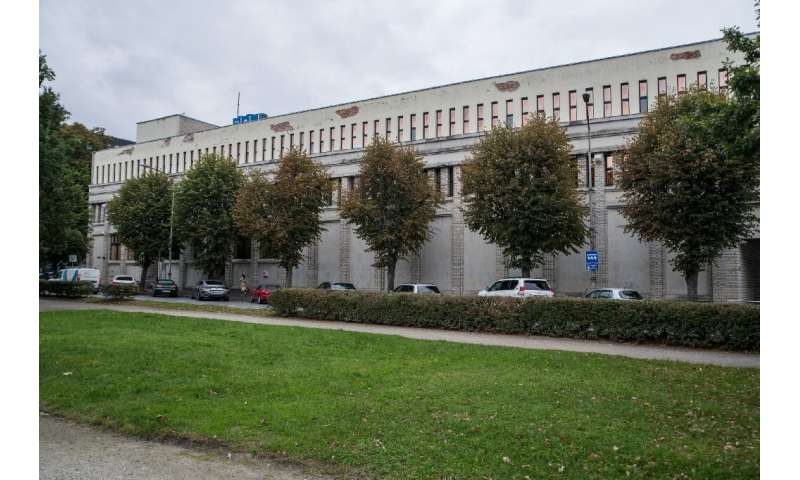
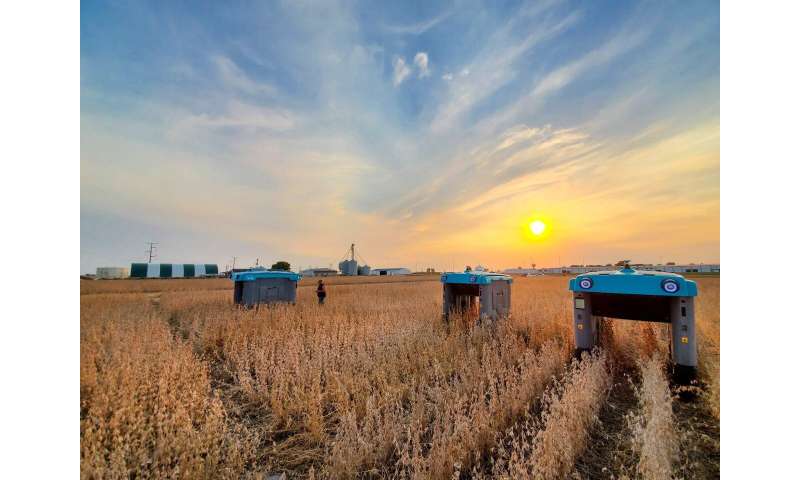
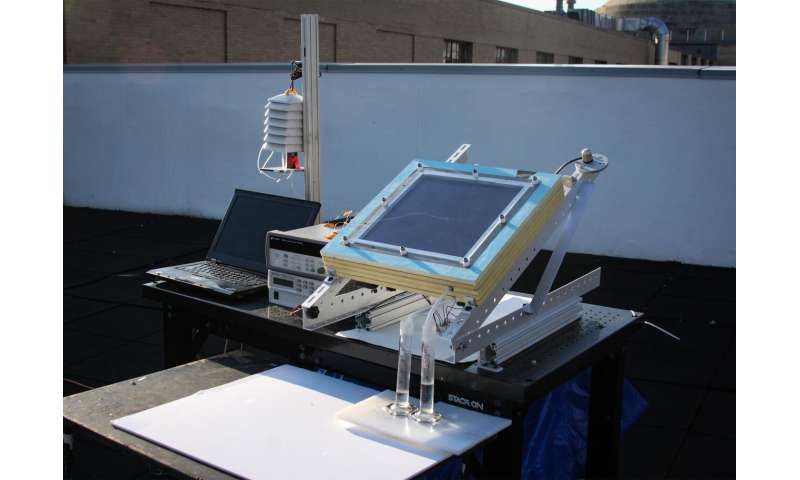 A prototype of the new two-stage water harvesting system (center right), was tested on an MIT rooftop. The device, which was connected to a laptop for data collection and was mounted at an angle to face the sun, has a black solar collecting plate at the top, and the water it produced flowed into two tubes at bottom.Credit: Alina LaPotin
A prototype of the new two-stage water harvesting system (center right), was tested on an MIT rooftop. The device, which was connected to a laptop for data collection and was mounted at an angle to face the sun, has a black solar collecting plate at the top, and the water it produced flowed into two tubes at bottom.Credit: Alina LaPotin Credit: Pixabay/CC0 Public Domain
Credit: Pixabay/CC0 Public Domain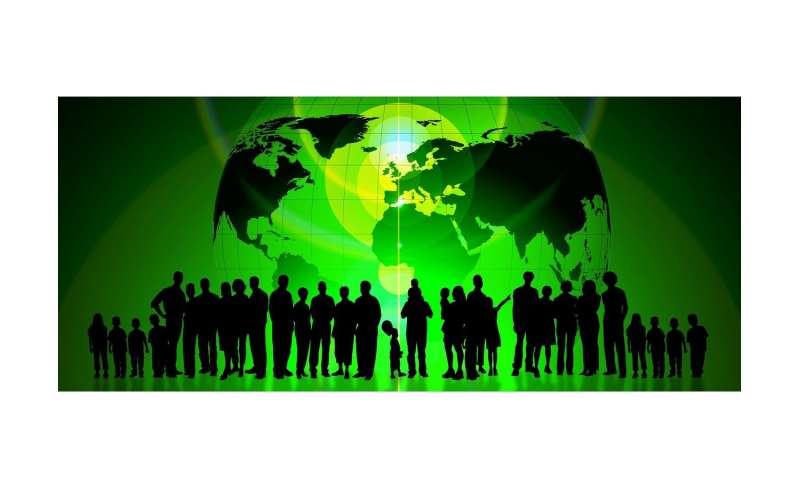
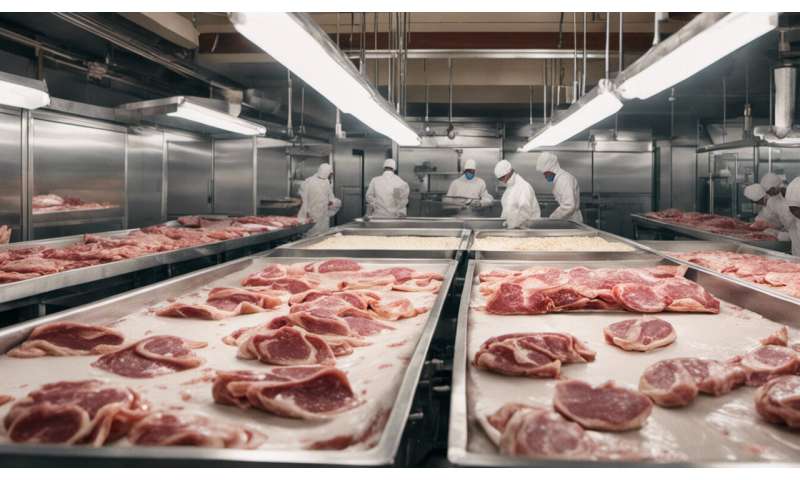
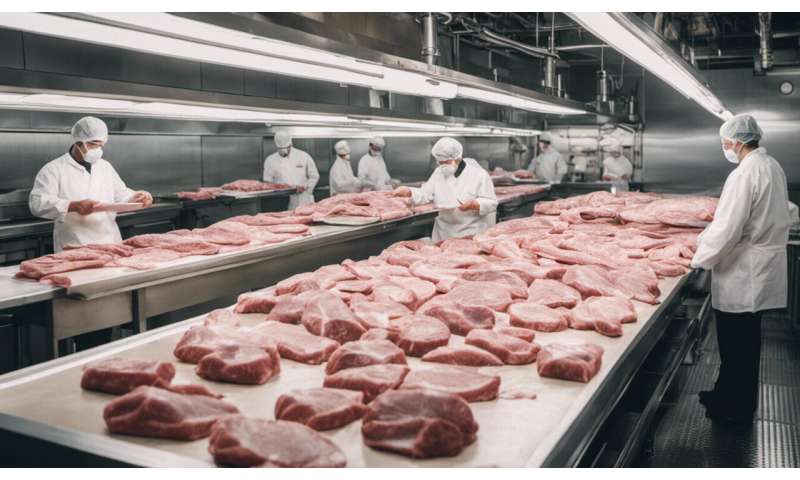




 Credit: CC0 Public Domain
Credit: CC0 Public Domain